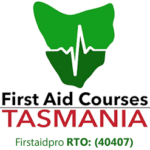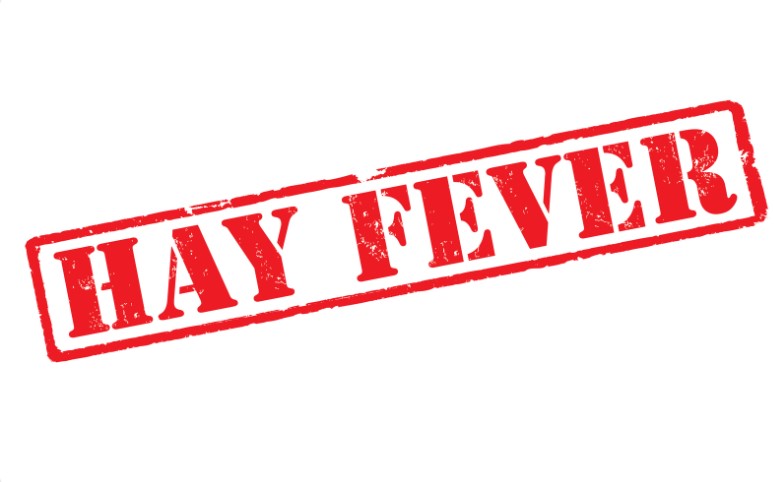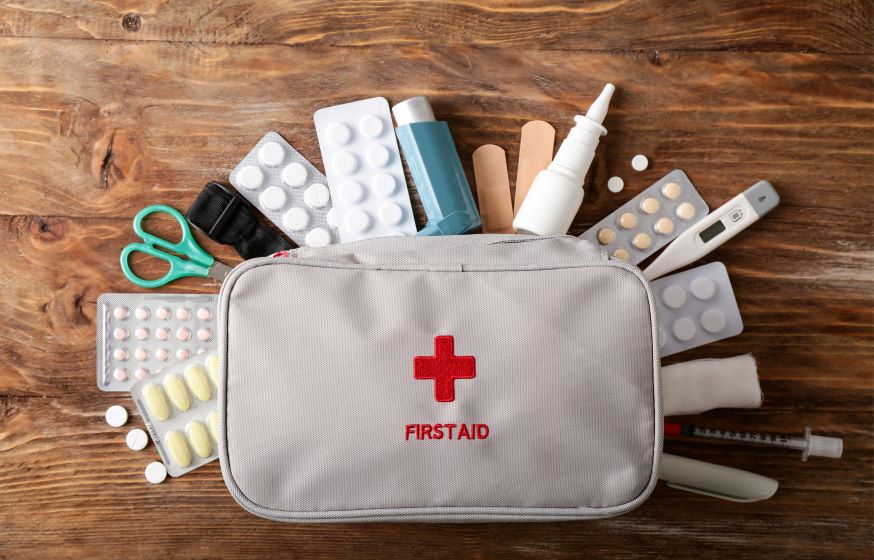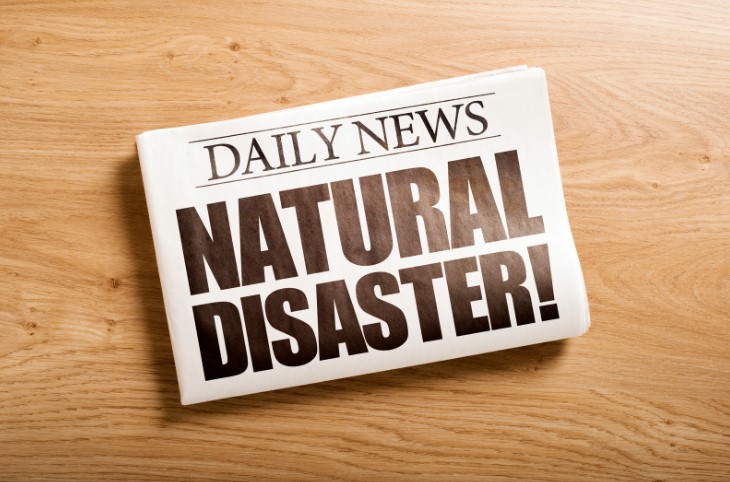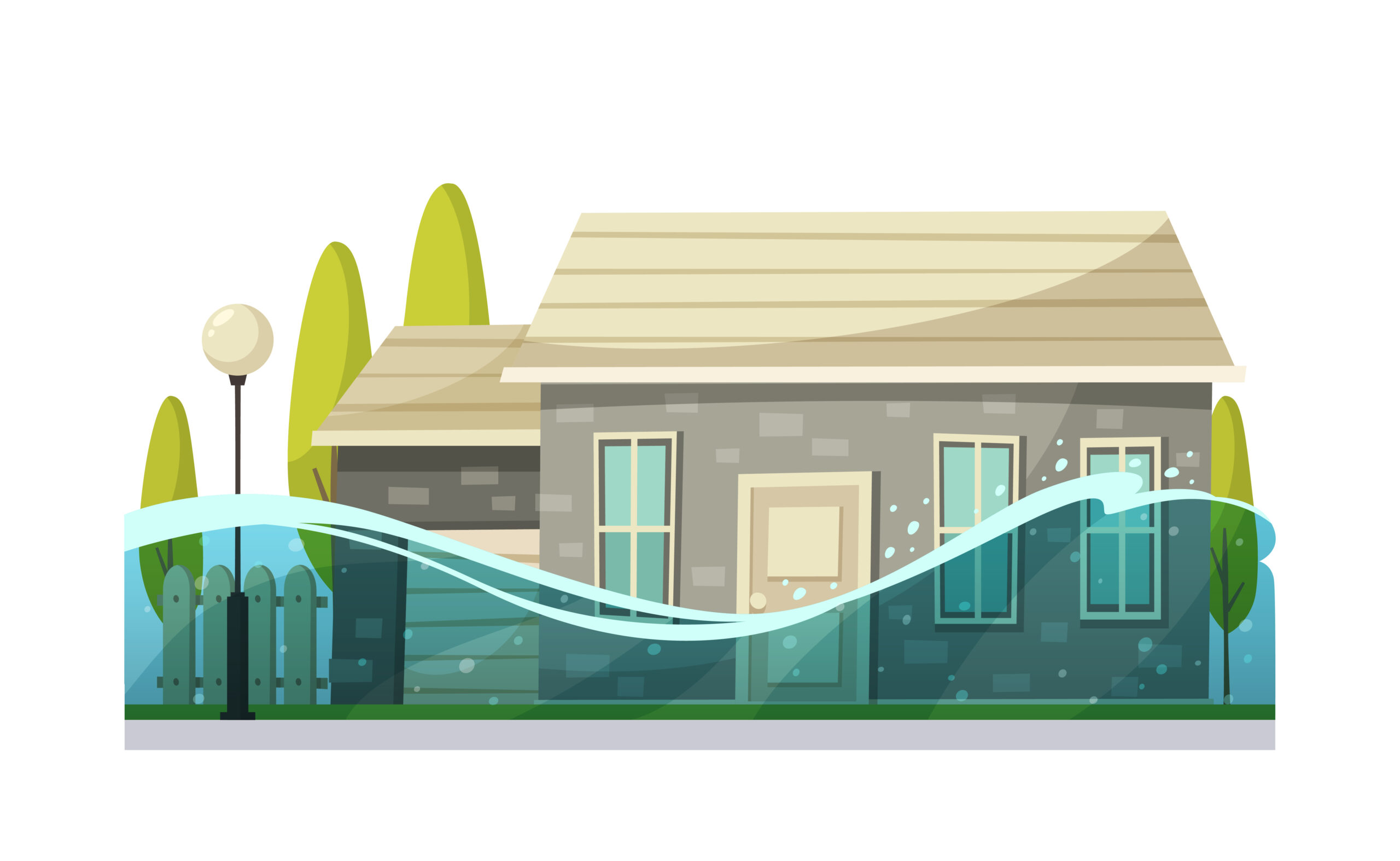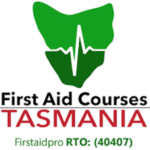Hay Fever Survival Guide: First Aid Edition: Hay fever is a common condition that affects nearly 1 in every 5 Australians, according to the Australian Institute of Health and Welfare. Also known as allergic rhinitis, hay fever can be seasonal, year-long, or occupational.
Understanding this condition and taking time to plan the right treatment can reduce the symptoms and lead to a sneeze-free season. Read this hay fever survival guide to learn more.
What Is Hay Fever?
Hay fever (allergic rhinitis) is an allergic reaction to substances, which typically occurs typically after coming into contact with your mouth, nose, eyes and throat.
After exposure to particular pollens, the body can mistakenly think of the substance as a threat, which triggers an allergic reaction. The inflammatory cells can quickly release mediators such as histamine, which is when the initial symptoms appear.
Three million adults (or approximately 15% of the Australian population) struggle with hay fever through the spring and summer seasons. Many will experience the struggle of watery eyes, running nose, itchy throat, and sneezing, which are all hallmarks of hay fever season.
Pollen is the major allergen trigger for hay fever in Australia. The timing and severity of pollen season vary considerably depending on months and location.
Unlike other medical conditions, hay fever can happen to anyone, regardless of age group. However, it is worth noting that people of working age are more likely to be affected than very young age and the elderly.
Avoiding allergen triggers and taking appropriate first aid treatments are the best way to lessen the frequency of hay fever symptoms.
Hay Fever: Symptoms And Causes
Hay fever is caused by inflammation of the mucous membrane in the nose area after exposure to allergens. When allergens are able to enter a person’s body, it will react by making an antibody to fight off allergies.
Despite its name, hay fever is not referring to someone allergic to hay and has a fever. There are rare instances where hay is considered an allergen, and fever is not a symptom.
Some of the common allergens that trigger symptoms include pollen, dust mites, tiny flecks of skin from animals, dust mites, mold, and pet dander.
After exposure to these triggers, the symptoms can kick in differently depending on what substance you are allergic to.
Common hay fever symptoms include:
- Sneezing
- Watery eyes
- Itchy throat
- A blocked, itchy, or runny nose
- Sweats
- Headaches
- Loss of smell and taste
- Facial pain caused by blocked sinuses
- Itchiness spreading from the throat to the nose and ears
- Tiredness or fatigue
- Irritability
- Insomnia.
People with underlying asthma conditions may experience severe symptoms such as frequent wheezing and breathlessness.
While most allergic reactions are mild, there are some instances where people will require further treatment because the symptoms make it difficult for them to complete everyday tasks.
First aid for hay fever may not eliminate all symptoms, but it can reduce their impact.
Hay Fever Symptoms In Infants And Children
Hay fever is a condition that even children can experience, althoughthey rarely develop before 3 years of age. However, it is important to address any allergic symptoms as serious hay fever symptoms can develop into long-term health conditions (e.g., asthma, sinusitis, or chronic ear infections).
Studies show that genetics plays a role in whether or not a child will develop asthma alongside hay fever.
Hay fever symptoms can cause more trouble to young children compared to adults. If left without treatment, it can affect their concentration, behaviour, and sleeping patterns.
There are also instances where hay fever symptoms get confused with the common cold.
First Aid For Hay Fever
A number of medications and remedies are used as first aid treatment for hay fever. They work in different ways and have different pros and cons.
Medications
Antihistamines are pills, nose sprays, and eye drops that work best in relieving symptoms of hay fever, such as eye itching, runny nose, and sneezing. Different antihistamine options include cetirizine, fexofenadine and loratadine.
Short-acting antihistamines can be taken every 4 to 6 hours, while timed-release antihistamines are taken at least after 12 to 24 hours.
Take antihistamines as prescribed by your doctor to help them work better.
Corticosteroid Nasal Sprays
Nasal sprays are used to relieve symptoms like itching, runny nose, and congestion in the long run.
Nasal sprays include budesonide (Rhinocort Allergy), fluticasone (Flonase Allergy Relief), and mometasone, which usually provide relief within 12 hours of taking the first dose.
Decongestants
Decongestants help relieve the swelling inside of the nose that makes it stuffy.
However, it is not advisable to use nose drops and sprays longer than five days. It is because the congestion can return as the nose gets used to them.
Immunotherapy
Immunotherapy treatment aims to make the body less reactive to allergens.
While this treatment option does not work for every allergen, it helps most with common environmental triggers.
How To Manage Your Hay Fever Symptoms
Prevention techniques can reduce the chances of experiencing hay fever symptoms. These include:
- Cleaning and airing out room regularly
- Keeping the windows closed during peak hours to prevent pollen from coming in
- Staying indoors when there is a high pollen count of over 50 grains per cubic metre of air
- Wearing sunglasses when being outdoors to protect the eyes
- Washing hands after petting animals or interacting with them outdoors
- Have an air purifier at home, which helps sanitise the air from pollutants, allergens, and toxins.
When To Seek Help
See a healthcare provider in the following situations:
- Medications do not provide relief or cause side effects
- Remedies do not relieve hay fever symptoms
- If there is any underlying condition that can make hay fever symptoms worse (such as asthma, nasal polyps, severe sinus infection)
Most people get used to experiencing hay fever symptoms, making them reluctant to seek treatment until the symptoms become worse. However, getting the right treatment help to reduce the impact and offer relief from symptoms.
Other treatment options for hay fever in children include eye drops, saline nasal rinses, nondrowsy antihistamines, and allergy shots (for children 5 years and older).
Learn First Aid
If you have a history of hay fever reaction, the best to do is to lessen your exposure to allergens that causes symptoms. Follow the hay fever survival guide and take allergy medications prescribed by your health care providers.
Sign up for a first aid course and stay up to date on research advancement, safety tips, and current health topics.
View our course page to learn more.
